Eurozone CPI was finalized at 1.2% yoy in May, down from April’s 1.7% yoy. CPI core was finalized at 0.8% yoy, unchanged from April’s figure. EU28 CPI was finalized at 1.6% yoy in May, down from April’s 1.9% yoy.
The lowest annual rates were registered in Cyprus (0.2%), Portugal (0.3%) and Greece (0.6%). The highest annual rates were recorded in Romania (4.4%), Hungary (4.0%) and Latvia (3.5%). Compared with April 2019, annual inflation fell in sixteen Member States, remained stable in five and rose in six.
In May 2019, the highest contribution to the annual euro area inflation rate came from services (0.47%), followed by energy (0.38%), food, alcohol & tobacco (0.29%) and non-energy industrial goods (0.08%).




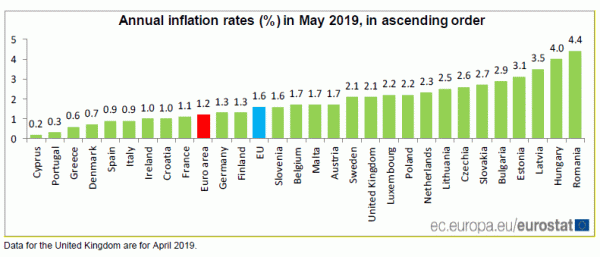
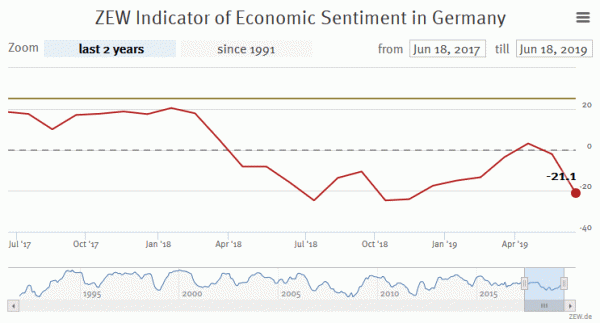
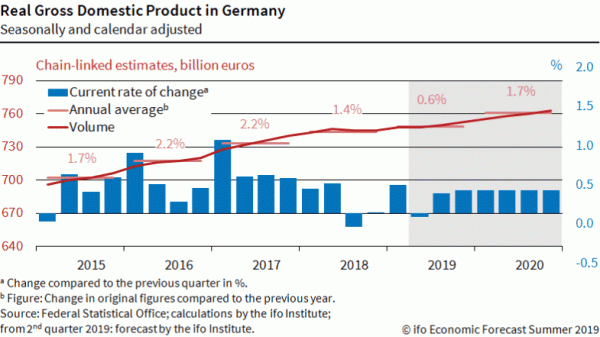
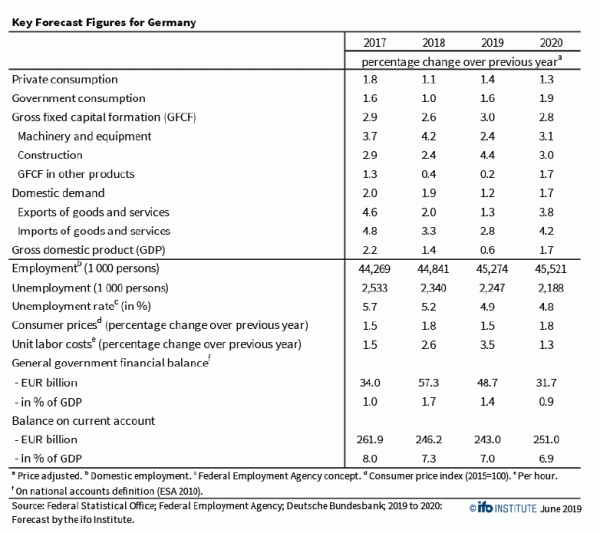
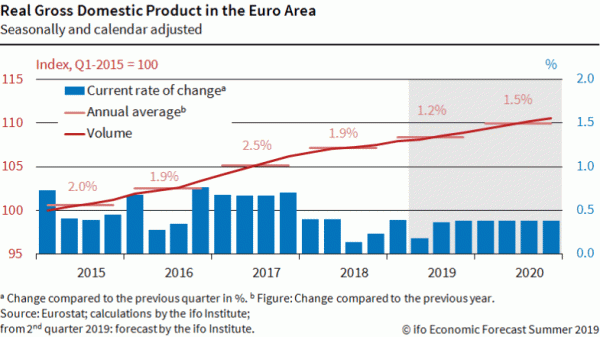
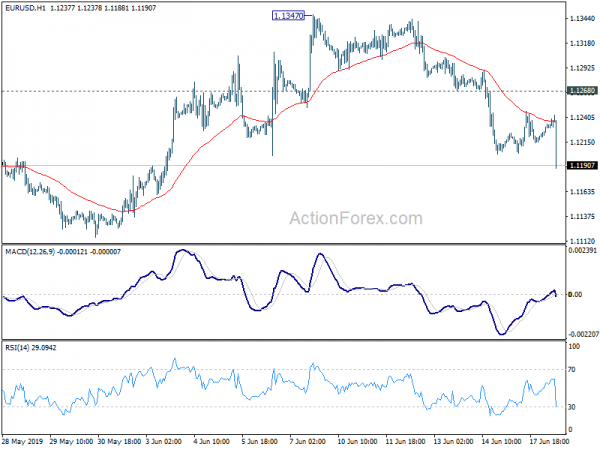
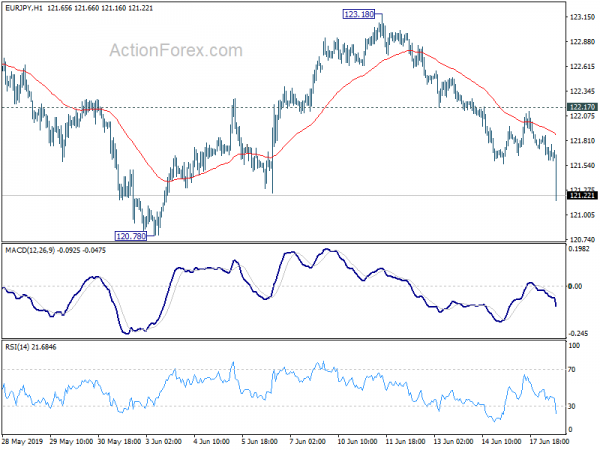
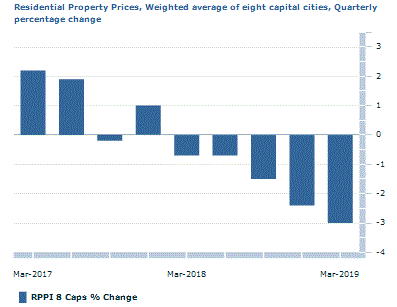
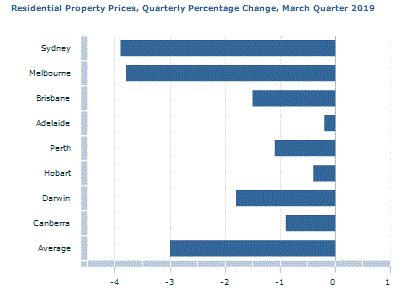
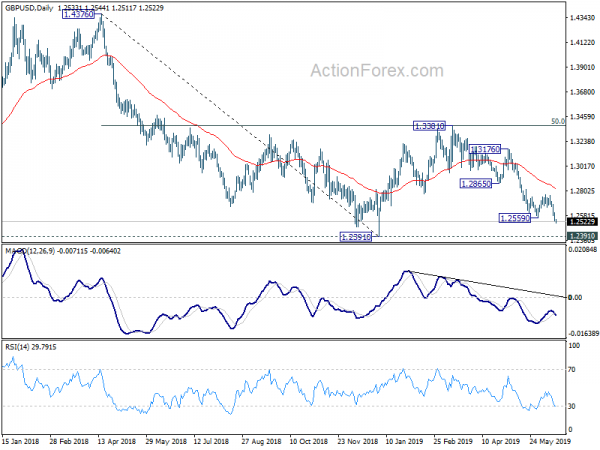
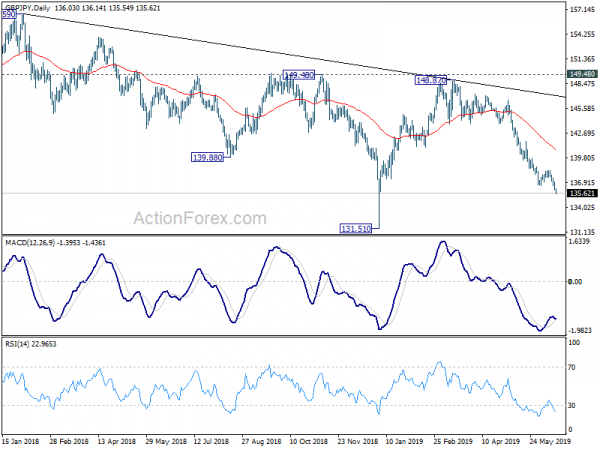
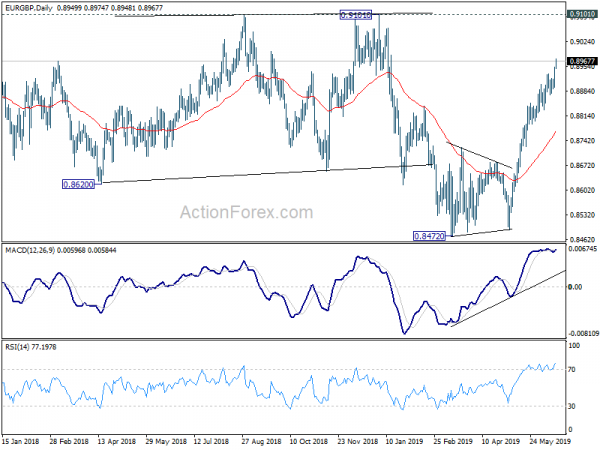
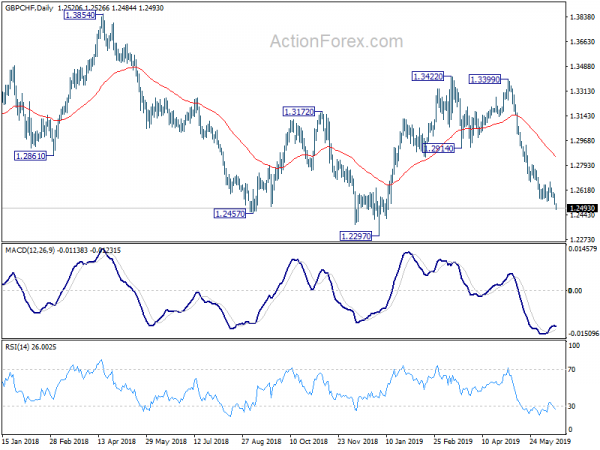
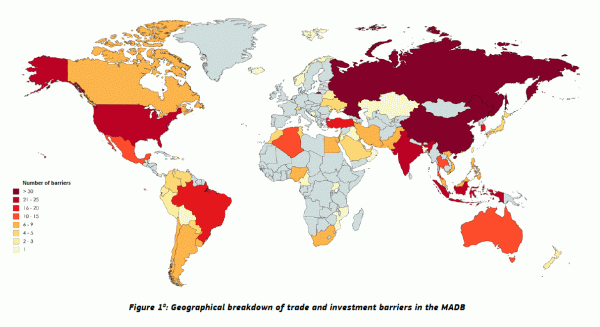
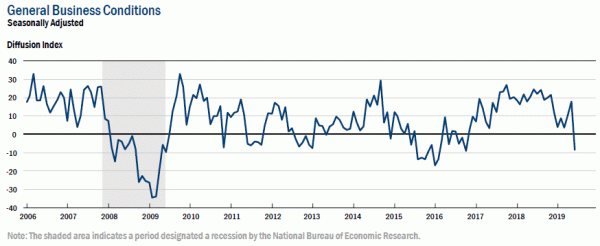
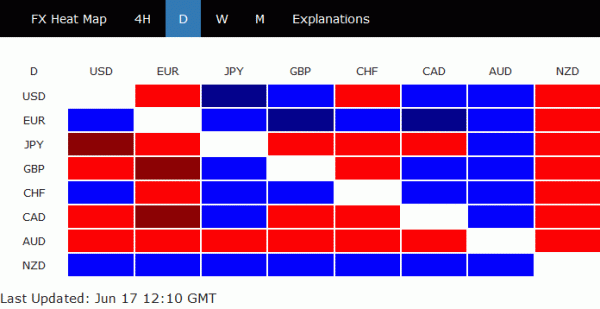
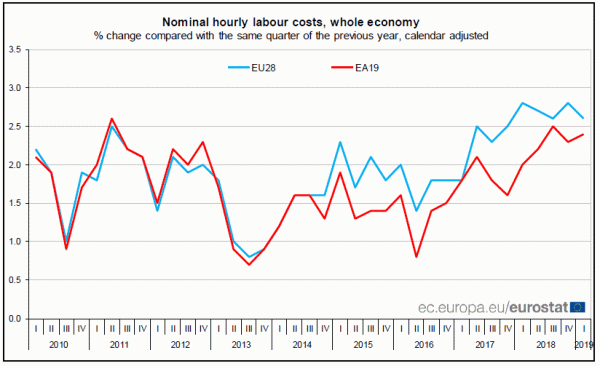
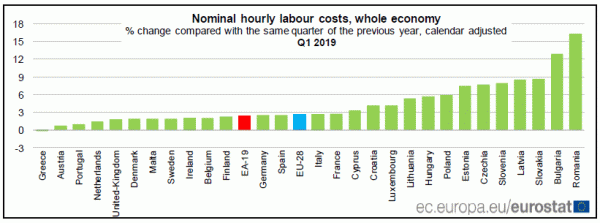
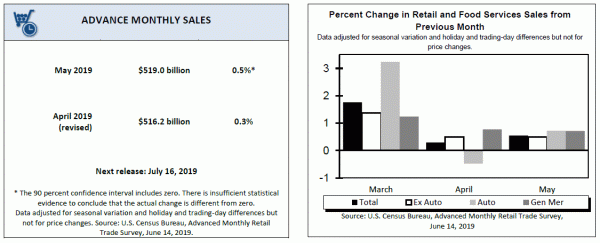
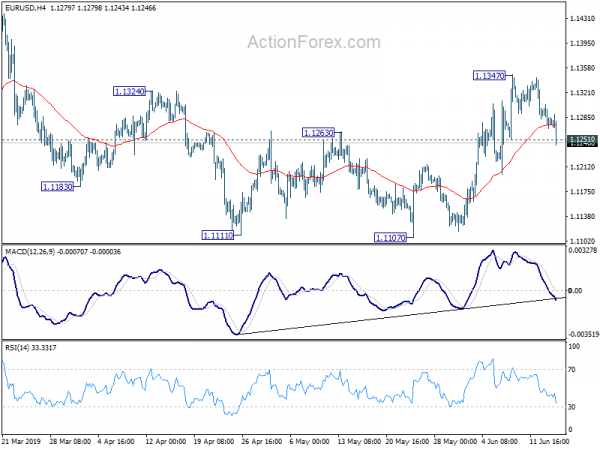
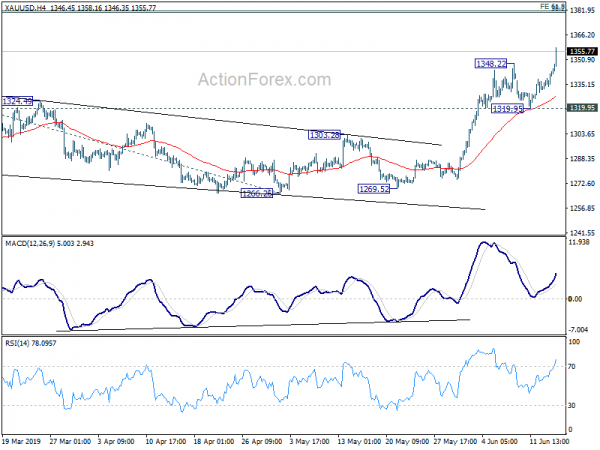
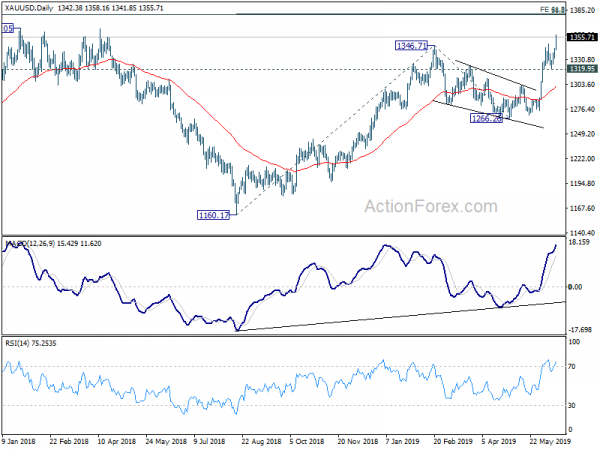
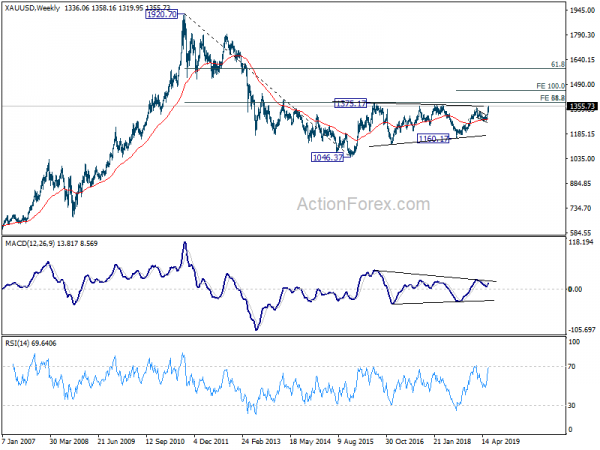

US President Trump complains ECB President Draghi’s comments on monetary stimulus
Trump complains ECB President Mario Draghi’s comments earlier today, while triggers broad based selloff in Euro. He tweeted “Mario Draghi just announced more stimulus could come, which immediately dropped the Euro against the Dollar, making it unfairly easier for them to compete against the USA. They have been getting away with this for years, along with China and others.”
There is no reaction to the tweet.
By loading the tweet, you agree to Twitter’s privacy policy.
Learn more
Load tweet